“In a bullfight, the bull is the hero of a tragedy.”
- Ludwig Wittgensein.
"Bullfighting is an art not a sport,” so say its most ardent defenders. Bullfighter advocates consider themselves 'aficionados' versus mere fans. They condemn any law seeking to ban bullfighting as “an assault on Spanish history and culture,” and have even gone so far as to claim it’s a threat to Spanish identity. Salvador Dali said of bullfighting, “The bull is a Spanish god who sacrifices himself.”
What's interesting is that the roots of bull fighting are shallower than commonly perceived. While bullfighting has influences tracing back thousands of years, the three act performances of current times debuted in 1796, and the style/aesthetics in play today with modern day performances, have only been enshrined in Spanish culture barely one hundred years. For animal activists, and the anti-bullfighters in the general public who would like to see this barbarism end, this may be a favorable point because theoretically it would mean they aren't fighting to change something steeped in ancient-rooted pageantry and tradition. On the other hand, a century gives plenty of time to make prying loose the tentacles of tradition a very hefty challenge.
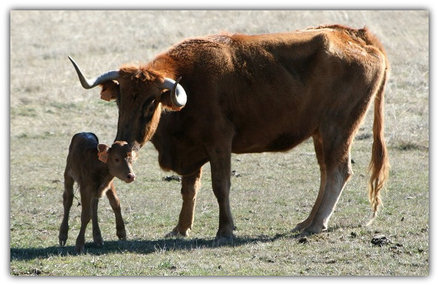
From Pro-Bullfighters
The mother is thought to be the one who passes along the determinant genes -- the genes most likely to produce a good fighter -- so it's the females who are rigorously tested, more so than the offspring. Once a good breeder is past her prime, she serves no further purpose to her owners and she is unceremoniously put down.
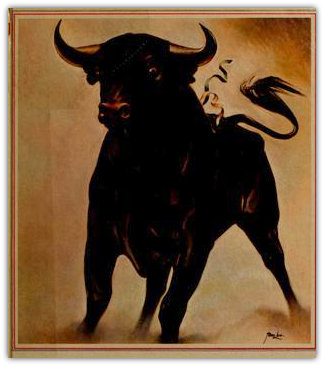
It is hoped that the bulls that make the cut, the ones chosen to fight, possess a bevy of prized traits. It will be the bull's strength, structure, beauty, intelligence, demeanor, and personality that all come together for a single task: to put on a tremendous show. Man against beast - well matched co-stars - in what is hoped to be a brilliant performance where usually only one will defy death.
From Anti-Bullfighters
Drugs might course through his veins; amphetamines to pep him up or tranquilizers to slow him down. On the day of the ludicrous ‘fight’, when this traumatized, frightened bull is first released into the arena he gleans a blurry sight of the first light he’s seen in days. As he runs toward the proverbial “light at the end of the tunnel” in doubtless desperation hoping this is the end of his suffering, he immediately discovers his nightmare merely shifts into high gear. To the bull, surround sounds of muffled mob-chants and cheers from thousands of fans fill the air.
The bull ‘charges’ at the motion of the colorful, waving flag. It is not the brilliant red or any other color that attracts the bull's attention, for they are basically color blind; it's movement. The sequin wearing matador makes the show seem like a great contest of wits, strength and speed against a powerful opponent. But is it? Or is it a beast that has been weakened and seriously tampered with?
It often takes more than a single spear pierced through his flesh to topple the bull for good. His wounds cause exsanguination; he bleeds to death. It is not always swift, and it is not painless.
After the kill, an ear is sometimes sliced off before the bull draws his final breath. Sometimes it’s the tail that is cut off; either one is taken while the bull’s heart still beats. They are given as token trophies to the matador to honor him for being so masterful at bringing down the “mighty” beast. One last show of honor for successfully killing the bull, should the dead specimen be impressive enough, is for a team of mules or horses to drag his bloody body around the arena.
Part II about bullfighting will explore the debate between supporters and anti-bullfighters, and examine whether a modern society should endorse animal suffering as entertainment. Personally, I do not support bullfighting. It's barbaric to me. I don't understand how any culture allows killing to be celebrated and used to entertain onlookers. It's a terribly weak argument to claim that bullfighting should continue because of tradition. We would never have grown and advanced as a civilization if we did not embrace change at certain times.
- http://advocacy.britannica.com/blog/advocacy/2010/08/the-romance-and-reality-of-bullfighting-2/
- http://www.donquijote.org/culture/spain/bullfighting/ritual
- http://www.aficionados-international.com/node/278
- https://fiskeharrison.wordpress.com/about-the-bull/
- http://advocacy.britannica.com/blog/advocacy/2010/08/the-romance-and-reality-of-bullfighting-2/


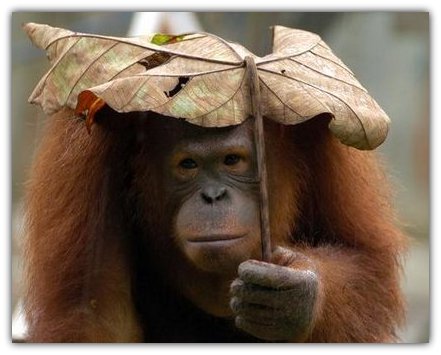
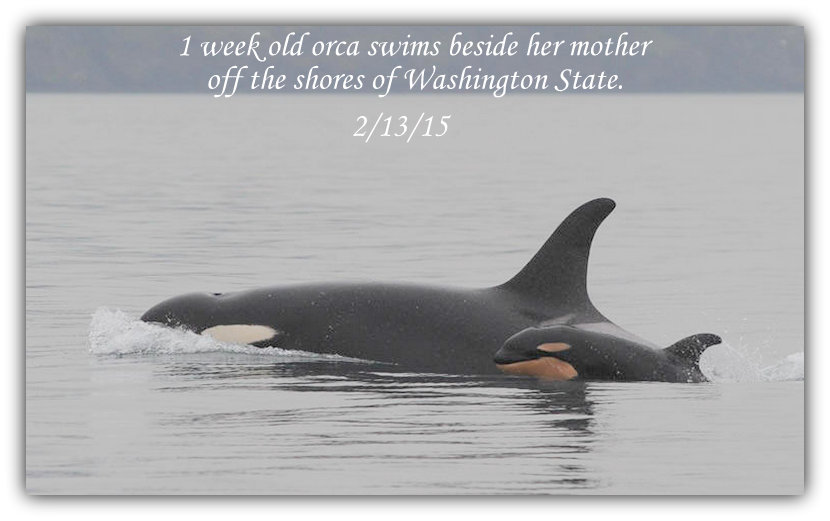
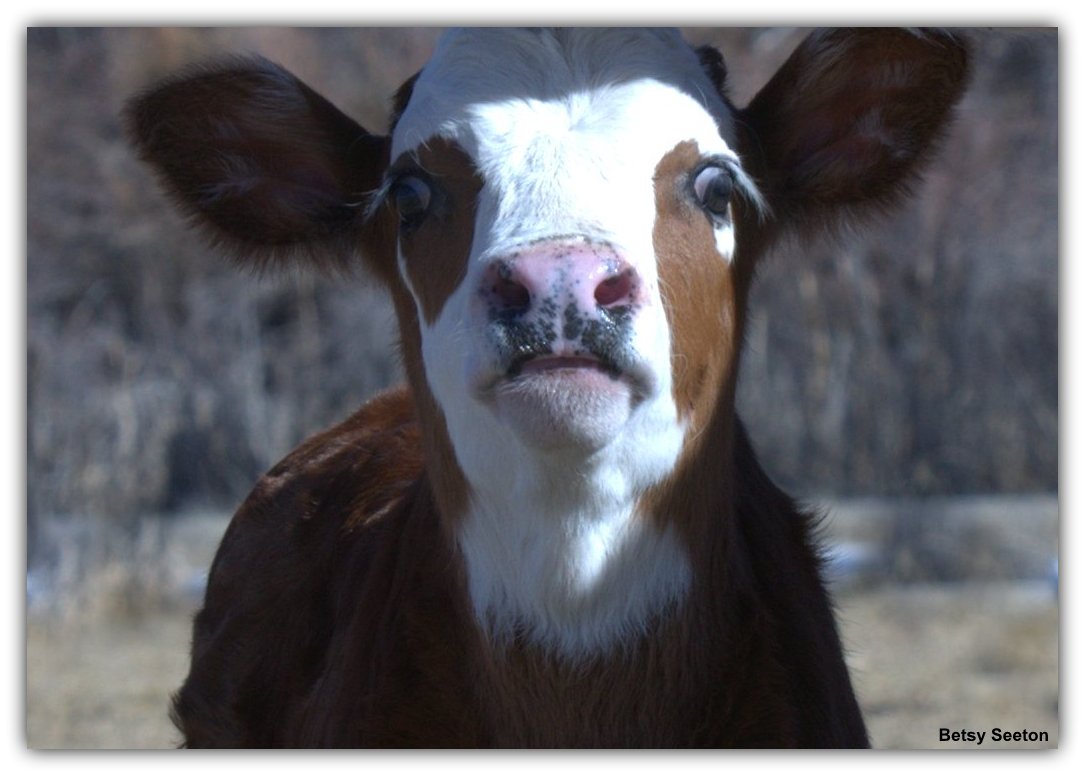

 RSS Feed
RSS Feed

